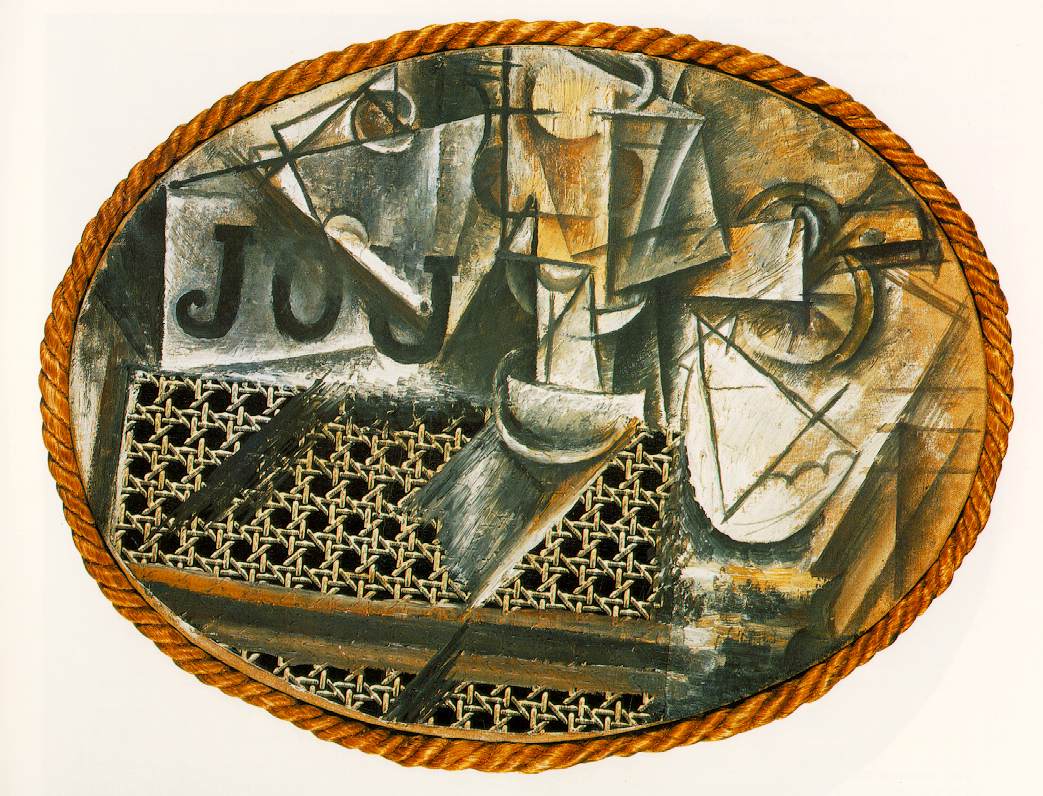

Next to her, dressed in green, is the groom whose hand is on her shoulder to support her. Her white dress takes up all the space to the bottom of the painting. The Sacré-Cœur Basilica is at the top of the painting.Ī wedding procession is theme of this painting. On the left of the central figure, another one is gazing into a mirror in her left hand, while holding a fan in her right hand The boat is placed on the right side under the steam ship. Another figure, wearing a necklace, is reclining next to a red bird. The central figure is holding a blue bird. L’Oiseau bleu (The Blue Bird) by Jean MetzingerĬan you spot the following in the above painting: a basilica, a steam ship, a boat, a necklace, a pyramid, a mirror, a fan, a fruit bowl, four different birds, three nude women? With the same painting displaying different viewpoints, different lighting, and even different times of day, sometimes it’s too complex to understand. Sometimes the object and background interpenetrate one another. True! When you’re confronted by a Cubist painting, you have to put the pieces together in your mind to understand what it represents. Its haters once described the Cubist canvas as a field of broken glass. This article has been edited and updated.4. There were three primary phases of Cubism: Proto-Cubism, Analytical Cubism, and Synthetic Cubism. What are three different styles of Cubism? From Cubist tattoos to graffiti inspired by Picasso's portraits, these playful pieces showcase the timeless aesthetic, captivating compositions, and lasting legacy of Cubism.Ĭubism is an art movement pioneered by Pablo Picasso and Georges Braque, characterized by fragmented subject matter deconstructed in such a way that it can be viewed from multiple angles simultaneously.Ĭubist art features a single viewpoint, emphasis on overlapping geometric forms, fragmented subjects, and rejection of traditional techniques, such as modeling. In addition to these modern genres, Cubism's influence is also evident in contemporary art. 2,” 1912 (Photo: Philadelphia Museum of Art via Wikimedia Commons) Marcel Duchamp (Dadaist), “Nude Descending a Staircase No. Scientific perspective forces the objects in a picture to disappear away from the beholder instead of bringing them within his reach as painting should.” “Cézanne, and after him Picasso and myself, can take a lot of credit for this. “The hard-and-fast rules of perspective which it succeeded in imposing on art were a ghastly mistake which it has taken four centuries to redress,” Braque explained to The Observer in 1957.

These include flat planes of color, geometric forms, and, most significantly, a distorted sense of perspective. Given the popularity of Post-Impressionism and Braque's own relationship with Fauvism, it is no surprise that both movements played a pivotal role in shaping Cubism.Ĭubists borrowed several artistic elements employed by Post-Impressionist painters-namely, Paul Cézanne. Due to his emphasis on color and simplified geometric shapes, he was integral to the development of the style.įamous works of art: Portrait of Picasso (1912) His earlier works fit into Analytical Cubism, standing apart from Braque and Picasso for their distinctly vibrant color palette-a trait that was partially inspired by the colors of Matisse's paintings. Spanish-born artist Juan Gris was another integral member of the Cubist art movement. Juan Gris, “Still Life Before an Open Window, Plane Ravignan,” 1915 (Photo: Wikimedia Commons, Public domain)


 0 kommentar(er)
0 kommentar(er)
